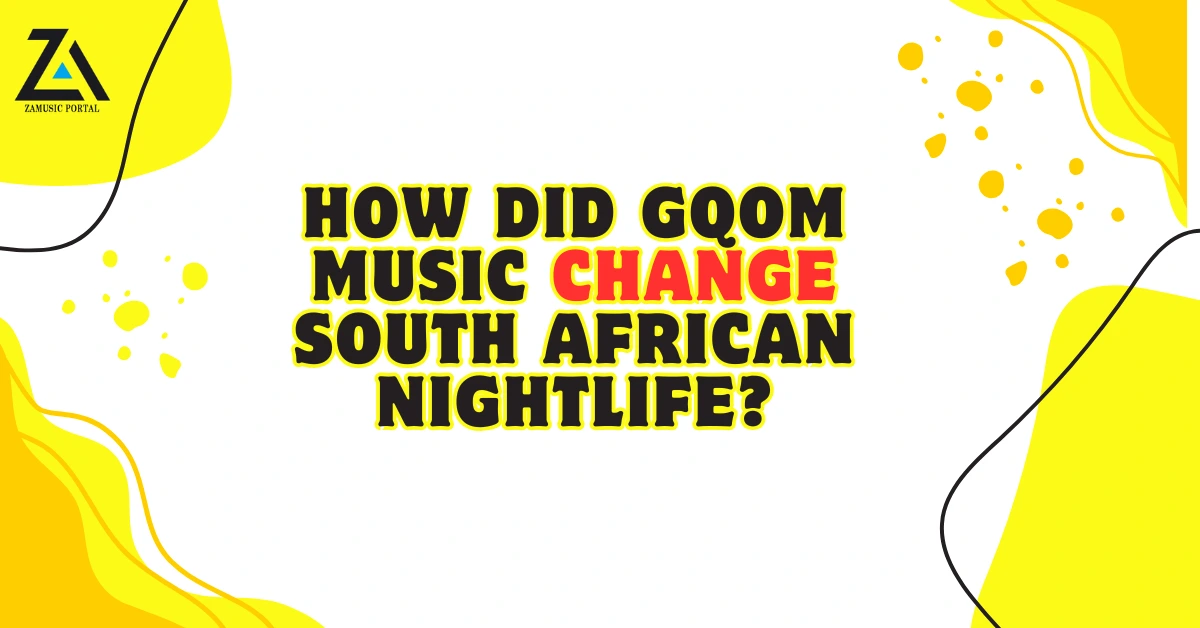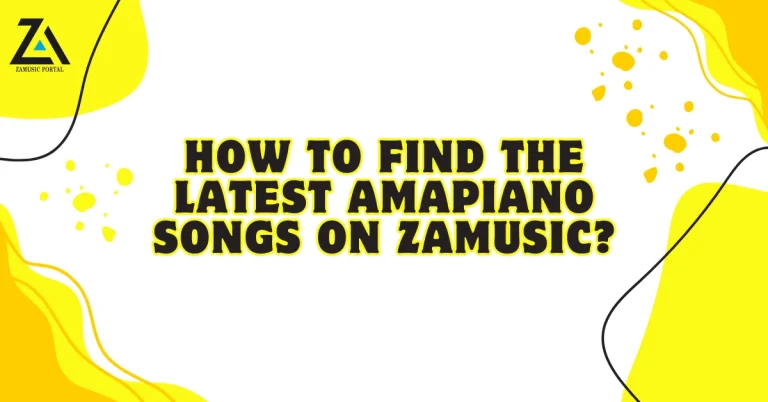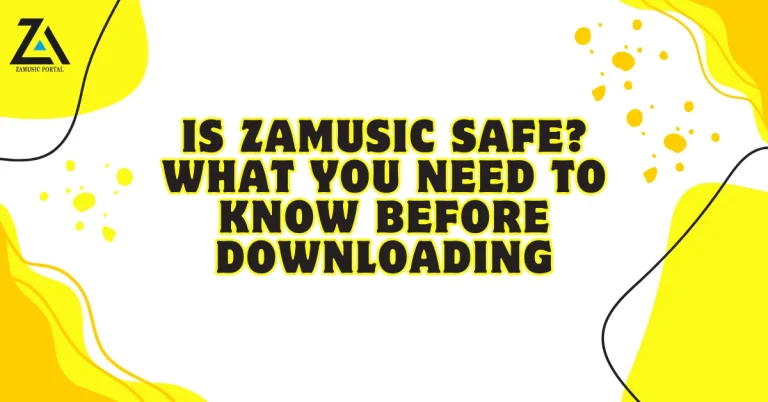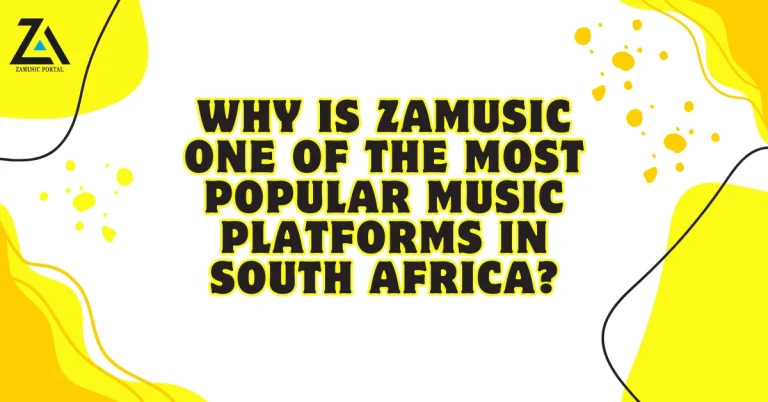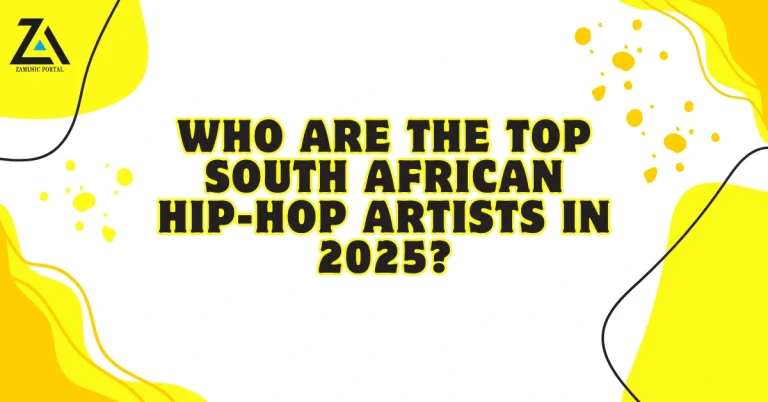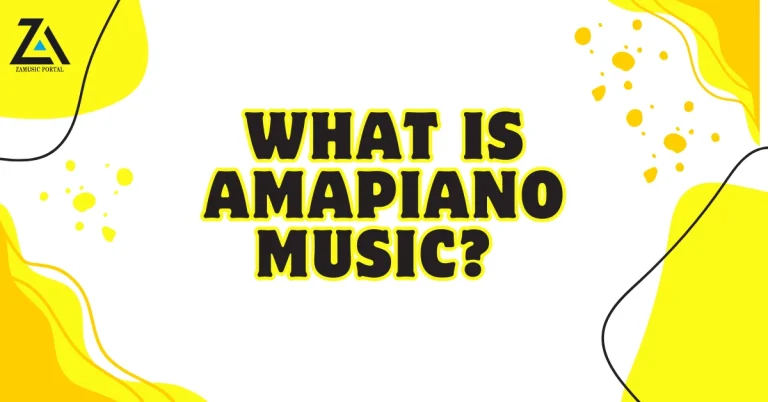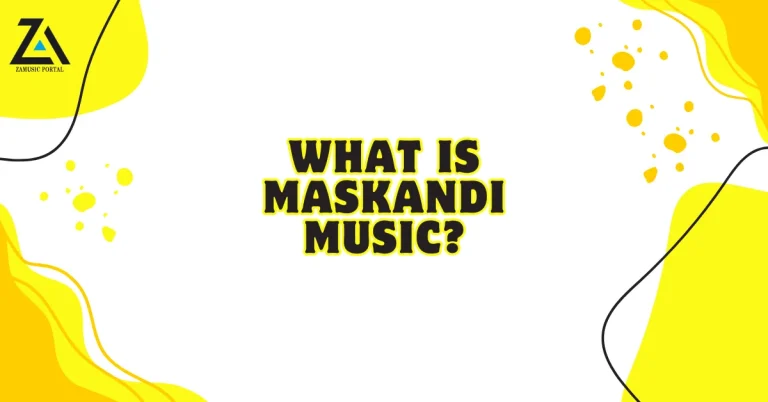How Did Gqom Music Change South African Nightlife?
What made Gqom music a game-changer in South African nightlife? This high-energy genre, known for its heavy bass, dark beats, and minimalist sound, turned nightclubs into electrifying dance arenas.
Since emerging from Durban, Gqom has redefined parties, influencing DJs, dancers, and global music festivals. You can checkout more on our website at zamusic.
The Origins of Gqom Music
Gqom (pronounced “Gom”) originated in Durban townships in the early 2010s. Unlike traditional house music, Gqom introduced a raw, hypnotic sound with a distinctive bass-heavy structure. Producers like DJ Lag, Rudeboyz, and Griffit Vigo pioneered this underground movement.
Key Features of Gqom Music
- Minimalist Drum Patterns – Heavy, repetitive beats create a driving, hypnotic rhythm.
- Dark and Intense Soundscapes – The music has an eerie, cinematic quality.
- No Traditional Build-Ups – Instead of gradual climaxes, Gqom tracks use sudden breaks and drops.
- Influences from Kwaito and House – The genre blends elements of South African Kwaito with electronic beats.
How Gqom Transformed South African Nightlife?
Before Gqom, South African nightlife was dominated by deep house and Kwaito, which had a smoother, groovy feel. Gqom disrupted the scene with aggressive basslines and high-energy rhythms, creating a new culture of dance, expression, and nightlife experiences.
1. The Rise of Gqom in Durban Clubs
Gqom started as an underground movement, played at taxi ranks and street parties before infiltrating Durban nightclubs. Its infectious energy quickly made it the preferred sound in local clubs, replacing traditional house music.
2. The Role of Dancers in Gqom’s Popularity
Dance crews like The West Ink Dancers and The Fantastic Crew brought Gqom to life through vigorous, fast-paced moves that matched the genre’s intensity. Their viral dance videos boosted Gqom’s appeal in clubs and on social media.
3. Gqom’s Impact on Music Festivals
By 2016, Gqom was no longer confined to clubs. Festivals like Afropunk, Ultra South Africa, and Gqom Bloem started featuring Gqom artists, drawing massive crowds eager for the genre’s unique sound.
4. The Shift in DJ Culture
DJs like DJ Lag, Distruction Boyz, and Babes Wodumo became club and festival headliners. They introduced a new DJ style that emphasized live remixing, looping, and intense drop sequences, making every set unpredictable and exhilarating.
The Global Reach of Gqom
The genre gained international recognition when artists like Black Panther soundtrack producer DJ Lag and Distruction Boyz took Gqom to Europe and the United States.
1. International Collaborations
- DJ Lag x Beyoncé – Contributed to Beyoncé’s “The Lion King: The Gift” album.
- Babes Wodumo x Major Lazer – Helped introduce Gqom to a global audience.
- Distruction Boyz x Diplo – Bridged the gap between Gqom and international electronic dance music.
2. Gqom’s Influence on Other Genres
Gqom’s bass-heavy approach inspired Afro-Tech, Amapiano, and UK Funky, influencing the way global producers incorporate African sounds into dance music.
The Future of Gqom in South African Nightlife
While Amapiano has gained mainstream dominance, Gqom remains a staple in South African nightlife. Clubs in Durban, Johannesburg, and Cape Town still feature Gqom-heavy nights, and emerging producers continue to innovate the genre.
1. The Rise of Gqom 2.0
New producers are blending Gqom with elements of Afrobeats, industrial techno, and experimental bass, creating fresh variations of the sound.
2. The Role of Social Media and Streaming Platforms
Platforms like TikTok, SoundCloud, and YouTube have kept Gqom relevant, allowing independent producers to share their work globally and drive new club trends.
Conclusion
Gqom changed South African nightlife by bringing raw energy, reshaping club culture, and introducing an intense dance experience. Its impact is still felt in festivals, clubs, and global music trends, ensuring that Gqom’s influence continues into the future.

